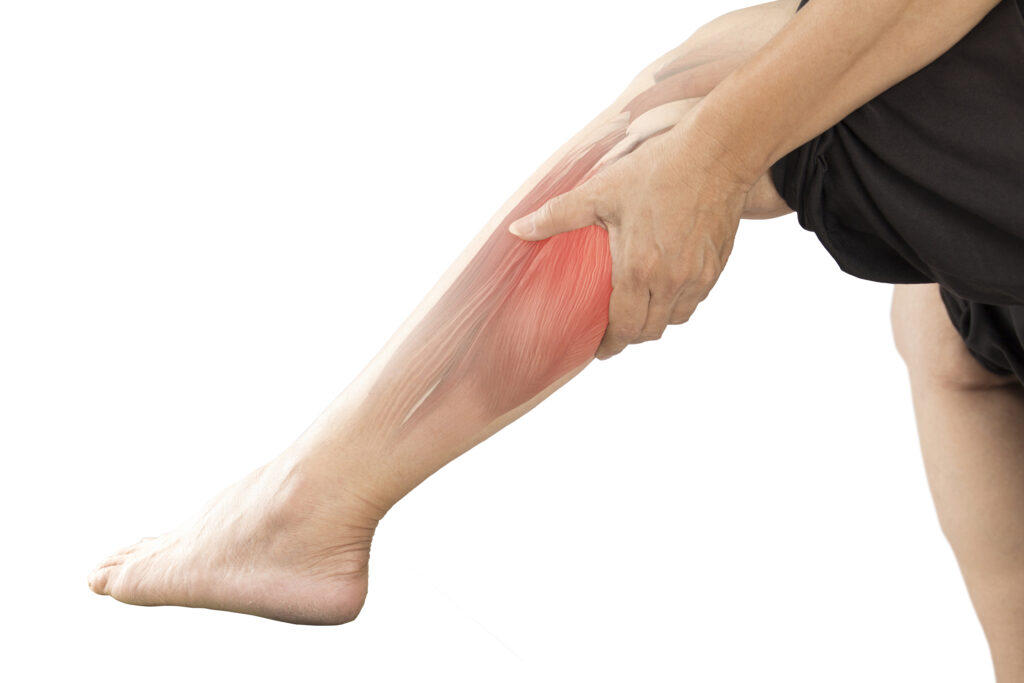Research reviewed: Increased running speed & previous cramps rather than dehydration or serum sodium changes predict EAMC: study in 210 Ironman triathletes. Schwellnus et al. BJSM
Muscle cramping and endurance athletes seem to go together like a horse and carriage – except in the former case, it’s not a beneficial relationship! The major question becomes – why do they happen and how can we prevent them?
You may have heard all sorts of speculative theories on that (I certainly have) – from electrolyte imbalances to nutrition to dehydration. Researchers have long been trying to determine those key causal factors of exercise associated muscle cramping (EAMC) in endurance athletes.
A prominent paper exploring that topic looked at 210 Ironman triathletes and examined four different factors – dehydration, sodium (salt) changes, cramping history, and running speed.
Enjoying the post? Sign-up for instant inbox access
Just enter your email below to get the latest blog updates delivered straight to your inbox. Every post is researched and written by Dr. Rajpal Brar, DPT.
By submitting this form, you are consenting to receive marketing emails from: . You can revoke your consent to receive emails at any time by using the SafeUnsubscribe® link, found at the bottom of every email. Emails are serviced by Constant Contact
Each of the triathletes completed a battery of tests to measure each of the factors before and after the race and then these tests were compared for those who did cramp up and those who didn’t. Additionally, clinical data on the EAMC that occurred during or after the race was collected as well.
The two factors associated with EAMC (cramping) were a history of cramping (measured here as having cramped in the last 10 races) and faster overall running and cycling time. Dehydration (measured via body weight changes) and altered electrolyte balances were not associated. These results are aligned with multiple other studies showing that electrolytes and dehydration are not key drivers of cramping.
Most interestingly from a training perspective is the association between cramping and the increased pace and race times. That increase infers higher demand, fatigue, and subsequent muscle damage. As we know generally, when a muscle becomes overloaded beyond it’s capacity trained, it leads to negative outcomes. That looks to be a key driver of muscle cramping as well. Training for your intended pace and being disciplined within it are critical parts of effective racing.
If you want to work with us, then please fill out the contact form below. If you appreciate the work and want to support, head over to our Patreon. Thank you for reading and thank you for your time.
Dr. Rajpal Brar, DPT, (@3cbperformance) is a physiotherapist, movement expert, strength and conditioning/fitness coach, sports scientist and mindfulness coach. He runs the LA and online based physiotherapy and athletic performance clinic 3CB Performance and you can subscribe to his Youtube channel (which posts a variety of sports injury, performance, and fitness related content).
